محصولات ویژه
© کپی رایت 2025 | کلیه حقوق مادی و معنوی متعلق به بتنو می باشد
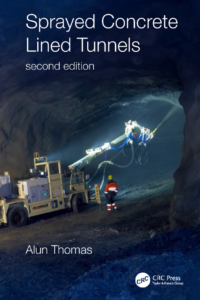
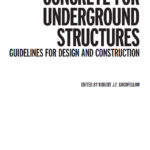 CONCRETE FOR UNDERGROUND STRUCTURES_بتن سازه های زیرزمینی
CONCRETE FOR UNDERGROUND STRUCTURES_بتن سازه های زیرزمینی
 Seismic Design of Concrete Buildings to Eurocode 8_طراحی لرزه ای ازساختمان های بتنی یورو 8
Seismic Design of Concrete Buildings to Eurocode 8_طراحی لرزه ای ازساختمان های بتنی یورو 8
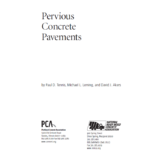 Pervious Concrete Pavements_ رویه های بتنی
Pervious Concrete Pavements_ رویه های بتنی
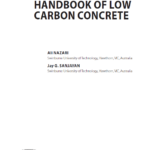 HANDBOOK OF LOW CARBON CONCRETE_ راهنمای بتن کم کربن
HANDBOOK OF LOW CARBON CONCRETE_ راهنمای بتن کم کربن
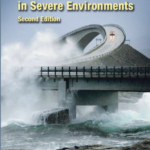 Durability Design of Concrete Structures in Severe Environments_ طراحی دوام سازه های بتنی در محیط های سخت
Durability Design of Concrete Structures in Severe Environments_ طراحی دوام سازه های بتنی در محیط های سخت
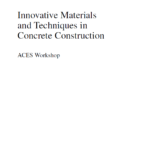 Innovative Materials and Techniques in Concrete Construction مواد و تکنیک های نوآورانه در ساخت و ساز بتنی
Innovative Materials and Techniques in Concrete Construction مواد و تکنیک های نوآورانه در ساخت و ساز بتنی
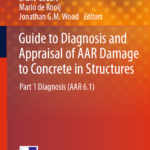 Guide to Diagnosis and Appraisal of AAR Damage to Concrete in Structures_راهنمای تشخیص وارزیابی AAR آسیب به بتن در سازه ها
Guide to Diagnosis and Appraisal of AAR Damage to Concrete in Structures_راهنمای تشخیص وارزیابی AAR آسیب به بتن در سازه ها
 Concrete Buildings in Seismic Regions_ کتاب ساختمان های بتنی در نواحی زلزله خیز
Concrete Buildings in Seismic Regions_ کتاب ساختمان های بتنی در نواحی زلزله خیز
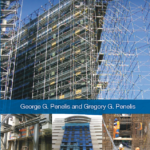 Concrete Buildings in Seismic Regions_ساختمان های بتنی در مناطق لرزه خیز
Concrete Buildings in Seismic Regions_ساختمان های بتنی در مناطق لرزه خیز
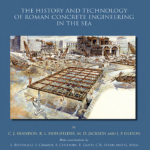 BUILDING FOR ETERNITY_ساختن برای ابدیت
BUILDING FOR ETERNITY_ساختن برای ابدیت
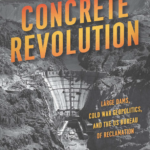 Concrete Revolution_انقلاب بتن
Concrete Revolution_انقلاب بتن
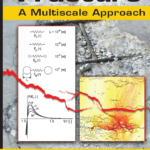 Concrete Fracture_ شکستگی بتن
Concrete Fracture_ شکستگی بتن